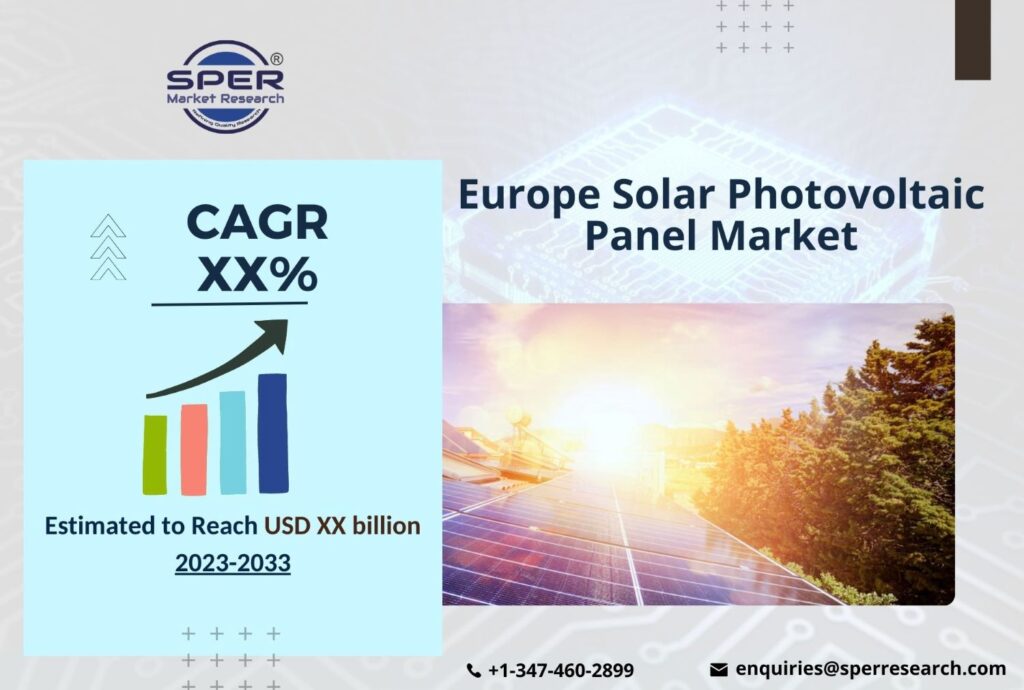Vehicles use electric coolant pumps to help keep the engine cool and prevent it from overheating. It is a crucial component of a car’s cooling system, particularly in electric and hybrid models. The electric coolant pump is designed to be energy-efficient and can adjust its speed based on the temperature of the engine. This allows it to provide the necessary cooling capacity while using as little power as possible. By using an electric pump, electric and hybrid vehicles can optimize their cooling systems and contribute to improved overall vehicle performance and efficiency.
According to SPER market research, ‘Electric Coolant Pump Market Size- By Application, By Type, By Sealless Type, By Electric Vehicle Type, By Electric Vehicle Use, By ICE Vehicle, By Vehicle Voltage, By Power Output, By Communication Interface- Regional Outlook, Competitive Strategies and Segment Forecast to 2033’ state that the Electric Coolant Pump Market is predicted to reach USD 1.705 billion by 2033 with a CAGR of 16.78%.
The global electric coolant pump market is influenced by several factors that drive its growth and development. One of the main factors is the increasing demand for electric and hybrid vehicles worldwide. As more people recognize the importance of environmental sustainability and seek alternative fuel options, demand for electric vehicles has been on the rise. Electric coolant pumps are essential components in these vehicles, as they help regulate the engine temperature and ensure efficient performance. Moreover, advancements in technology have contributed to the growth of the global electric coolant pump market. These pumps are becoming more efficient, compact, and reliable, allowing for better integration into vehicle designs. Additionally, the development of smart and connected cooling systems enables real-time monitoring and control of coolant pump operations, optimizing performance and enhancing vehicle safety.
However, the global electric coolant pump market faces challenges such as high costs, limited awareness, the availability of skilled technicians, reliability concerns, and supply chain complexities. Overcoming these challenges is vital for the market’s growth and for realizing the full potential of electric and hybrid vehicles in terms of efficiency, performance, and environmental sustainability.
Impact of COVID-19 on Electric Coolant Pump Market
In addition, The COVID-19 pandemic has had a major effect on the world market for electric coolant pumps. The disruption of the global supply chain is one of the main effects. Electric coolant pump manufacturing and distribution have been impacted by lockdowns, limitations, and reduced manufacturing capacity. Delivery delays and a lack of supply as a result have hampered the market’s expansion. Additionally, the pandemic has decreased automotive sales and production. The automotive sector, which includes electric and hybrid vehicles, has slowed down due to economic uncertainty and declining consumer demand. The demand for electric coolant pumps has been directly impacted by this decline in vehicle production, which has slowed the growth of the market.
Request For Free Sample Report @ https://www.sperresearch.com/report-store/electric-coolant-pump-market.aspx?sample=1
Electric Coolant Pump Market Key Players:
Geographically, throughout the forecast period, Asia Pacific will continue to be the largest market for electric coolant pumps. The main factor driving this growth is the rise in sales of electric vehicles needed to meet the strict emission standards put in place. Additionally, some of the market key players are Aisin Seiki Co. Ltd, Continental AG, MAHLE GmBH, Rheinmetall Automotive AG, Robert Bosch GmBH, Others.
Electric Coolant Pump Market Key Segments Covered
The SPER Market Research report seeks to give market dynamics, demand, and supply forecasts for the years up to 2033. This report contains statistics on product type segment growth estimates and forecasts.
By Application: Based on the Application, Global Electric Coolant Pump Market is segmented as; Engine Cooling & HAVC, Battery ad Power Electronics Cooling, Gearbox Cooling.
By Type: Based on the Type, Global Electric Coolant Pump Market is segmented as; Sealed, Sealless.
By Sealless Type: Based on the Sealless Type, Global Electric Coolant Pump is segmented as; Electrically Driven/ Canned, Magnetically Driven.
By Vehicle Type: Based on the Vehicle Type, Global Electric Coolant Pump is segmented as; Battery Electric (BEV), Plug-in Hybrid Electric Vehicle (PHEV).
By Electric Vehicle Use: Based on the Electric Vehicle Use, Global Electric Coolant Pump is segmented as; Passenger Car, Commercial Vehicle.
By ICE Vehicle: Based on the ICE Vehicle, Global Electric Coolant Pump is segmented as; Passenger Car, Commercial Vehicle.
By Vehicle Voltage: Based on the Vehicle Voltage, Global Electric Coolant Pump Market is segmented as; 12V, 48V
By Power Output: Based on the Power Output, Global Electric Coolant Pump Market is segmented as; Up to 100W, Greater Than 100W.
By Communication Interface: Based on the Communication Interface, Global Electric Coolant Pump Market is segmented as; LIN, CAN, PWM.
By Region: This report also provides the data for key regional segments of Asia-Pacific, Europe, Middle East and Africa, North America, Latin America.
This study also encompasses various drivers and restraining factors of this market for the forecast period. Various growth opportunities are also discussed in the report.
For More Information, refer to below link:-
Electric Coolant Pump Market Future Growth
Related Reports:
Follow Us –
LinkedIn | Instagram | Facebook | Twitter
Contact Us:
Sara Lopes, Business Consultant – U.S.A.
SPER Market Research
+1-347-460-2899









